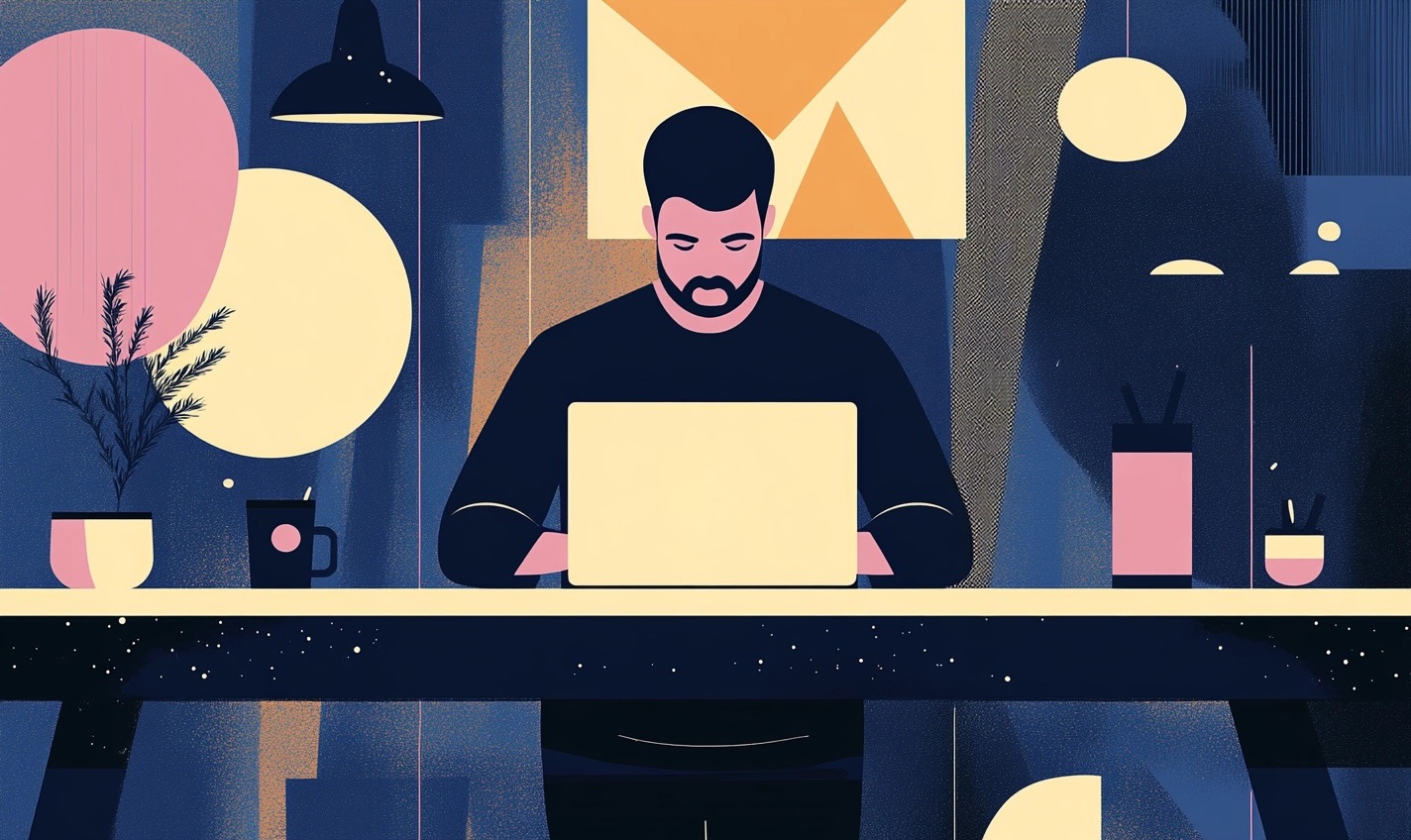Why hybrid design teams fail



One of my early startup jobs was UI Designer at an Australian company creating apps in the transit and wayfinding space. Having enjoyed the freelance life for the year prior to taking the job, I initially wasn't especially keen when I was approached, but when the word 'remote' was mentioned over a coffee meeting with one of the co-founders, I was convinced.
The company was small. Three of us in Melbourne, two in Sydney and one person in Brisbane. We leased desks at coworking spaces in Melbourne and Sydney, so a couple of days a week we’d work together for some face-to-face time.
This is where some problems arose.
Somewhat uncommonly for such a small and early-stage company, I was actually one of two designers. Jamie, the other designer (also CPO) was less hands on, yet the two of us would always discuss design and UX decisions together. We also happened to both work out of the Melbourne office.
You see, in an office, communication happens naturally. You have a meeting, people propose ideas, people ask questions, and people make decisions. Even when someone misses a meeting, they generally know they missed the meeting and can be caught up without drama.
In a remote environment that whole picture looks very different. It’s entirely possible to do everything I’ve just mentioned in a remote environment, but it needs to be done a little more deliberately. The key to this is documentation, which most remote teams I’ve worked with do incredibly well with the help of tools like Confluence, Notion or even just Slack.
The problem we ran up against was that Jamie and myself would chat over a morning coffee, at the pub after work, or even just for 3 seconds looking over the tops of our monitors. Without realising, we were making design decisions without looping in the rest of the team – and the rest of the team didn’t even realise it.
We only identified there was an issue when designs began flowing through to the team and our CEO (who wasn't in Melbourne) noticed a whole bunch of changes and inconsistencies from what he’d thought was coming.
What we were dealing with was really a very low-level form of Information Inequality. Jamie and I were making lots of small, undocumented decisions which together created a very real disconnect with the rest of the team.
The solution? We got rid of our Melbourne office.
While this might seem drastic, we really couldn’t see a downside. The truth is that when run correctly, remote design teams work incredibly effectively. Yes, it was nice to have some face-to-face time with the ‘design team’, but it created a disconnect with the rest of the team, and frankly, with tools like Figma at our disposal these days, collaborating on design actually works better when you’re able to sit at your own computer with your own cursor.
By going fully remote, we forced ourselves to stop making undocumented decisions and instead discussed things in public on Slack where the rest of the company could follow along and chime in where necessary.
Of course, there was still need for some face time with the team. The Melbourne crew would still meet up every couple of weeks for a coffee, and the entire team would meet in a city every few months for a couple of days. Overall though, the team was far closer after we ditched our office and worked apart, together.
